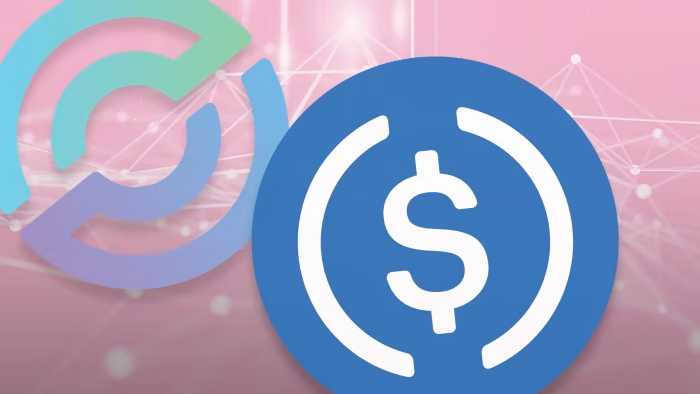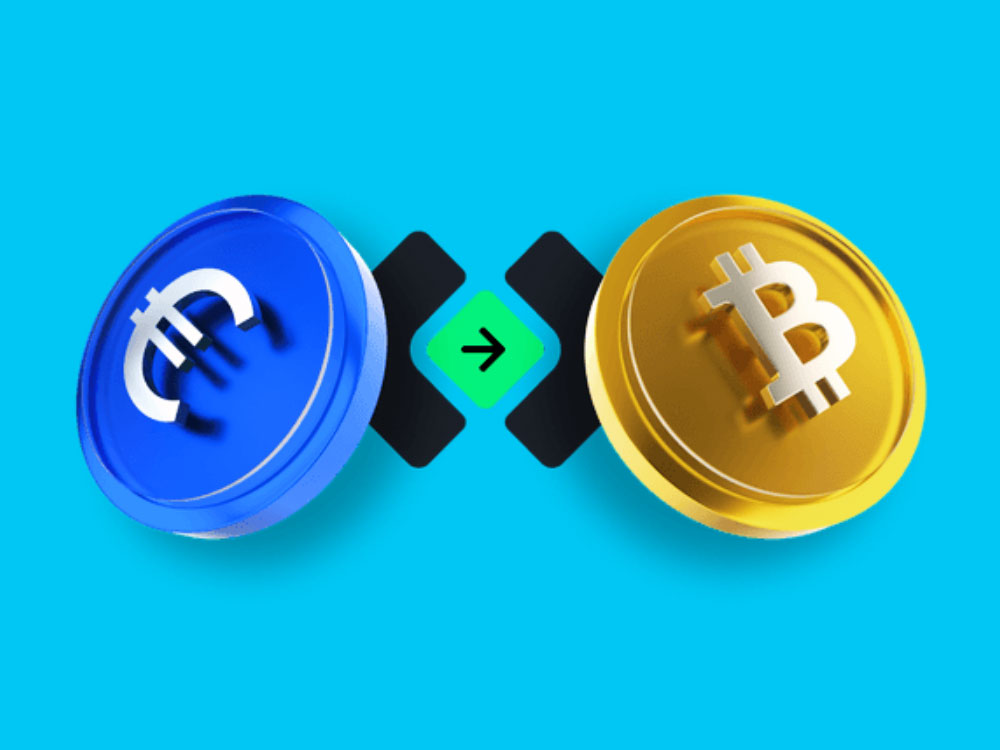As Latin America (LATAM) continues to embrace digital innovation, stablecoin adoption is emerging as a transformative force for cross-border payments, inflation protection, and financial inclusion. But for this potential to be fully realized, solutions must also be regulatory-compliant. This is where TransFi plays a pivotal role.
This case study explores how TransFi is building the compliant crypto infrastructure needed to accelerate the use of stablecoins in Latin America—safely, legally, and at scale.
The Problem: Growing Demand Meets Regulatory Uncertainty
LATAM markets—such as Brazil, Argentina, Colombia, and Mexico—have seen explosive growth in crypto usage. But despite high demand for stablecoins like USDC and USDT, businesses and consumers face key challenges:
- Lack of regulatory clarity for stablecoin usage
- Limited access to compliant crypto solutions in LATAM
- Fragmented infrastructure for on- and off-ramps
- Risk of non-compliance for fintechs and startups
This created a critical gap: the need for a regulatory-compliant stablecoin payment infrastructure across LATAM.
The Solution: TransFi’s Regulatory Crypto Infrastructure
TransFi entered the LATAM market with a mission to provide compliant crypto rails that enable legal, scalable, and efficient stablecoin adoption in LATAM.
TransFi’s platform includes:
- Licensed on/off-ramps with local fiat integration
- Support for regulatory-compliant stablecoins like USDC and USDT
- Full KYC/AML compliance embedded in the user flow
- Real-time monitoring and reporting tools for fintech partners
- Country-specific regulatory integration (e.g., CVM, UIF, UIF-AR)
Implementation: Building Stablecoin Rails Across LATAM
TransFi partnered with local banks, payment processors, and regulators to launch in key LATAM countries. Here's how TransFi supported the process:
- In Brazil, integrated with PIX and supported Reais-to-stablecoin conversion
- In Argentina, added localized off-ramps with AFIP-compliant reporting
- In Colombia and Mexico, partnered with fintechs to enable legal crypto payouts
Through this model, TransFi is building regulatory-compliant stablecoin rails that serve both businesses and individual users.
Use Cases: Enabling Legal Stablecoin Payments Across LATAM
1. Freelance Platforms & Gig Apps
TransFi enables platforms to pay workers in USDC while staying compliant with tax laws and financial reporting regulations.
2. Cross-Border Merchants
E-commerce businesses use TransFi stablecoin integration to receive international payments in USDT, then convert to local currency within compliance frameworks.
3. LATAM Fintechs & Neobanks
Startups use TransFi APIs to offer crypto savings and remittances, while maintaining LATAM fintech compliance standards.
Results: Stablecoin Use in LATAM Emerging Markets
Since launching in the region, TransFi has:
- Supported tens of thousands of compliant stablecoin transactions
- Enabled millions in cross-border volume with full audit trails
- Helped fintechs reduce legal risk and expand service offerings
- Accelerated regulatory-compliant stablecoin adoption in Latin America
Why It Matters: Trust + Infrastructure = Adoption
In emerging markets, trust and regulation are key to adoption. TransFi's approach—building compliant crypto payments infrastructure in LATAM—has proven essential in helping stablecoins go mainstream.
By combining technology, compliance, and local partnerships, TransFi is setting the standard for legal stablecoin payments in Latin America.
Also read: Stablecoin Payments in France: From Boutique Retail to Cross-Border E-Commerce
Conclusion
TransFi’s work shows that stablecoin adoption in LATAM doesn’t have to come at the cost of regulation. On the contrary, with the right infrastructure, compliance becomes a catalyst—not a barrier—for crypto innovation.
FAQ
1. Why is stablecoin adoption important in Latin America?
Stablecoins like USDC and USDT offer Latin American users a way to protect against local currency volatility, reduce remittance costs, and access global finance—without relying on unstable banking systems.
2. What makes TransFi different in the LATAM crypto landscape?
TransFi provides regulatory-compliant crypto infrastructure—including on/off-ramps, identity verification (KYC), anti-money laundering (AML) tools, and localized fiat integration. This ensures businesses can use stablecoins legally and securely.
3. Which countries does TransFi operate in across LATAM?
TransFi has launched or is expanding in key LATAM markets:
- Brazil (PIX support, real-time BRL conversion)
- Argentina (compliance with AFIP, inflation-hedging use cases)
- Colombia & Mexico (fintech partnerships, legal crypto disbursements)
4. What types of stablecoins does TransFi support?
TransFi supports major regulatory-compliant stablecoins, including:
- USDC (USD Coin)
- USDT (Tether)
These are widely accepted and pegged to the U.S. dollar, providing price stability for LATAM users.
5. How does TransFi ensure regulatory compliance?
TransFi embeds:
- KYC/AML onboarding
- Country-specific reporting tools
- Transaction monitoring and traceability
- Partnerships with local regulators and financial institutions
This makes it easy for fintechs and businesses to build compliant crypto payment systems.
Table of Contents
Suggested Article
Explore our products

Make global payments at the speed of a click

Accept payments, remove borders.

Unlock Seamless Digital Currency Transactions Anywhere








.png)














